What is it?
This is the Audi R8 RWD – simply, an Audi R8 without the front driveshafts and a special machine for two reasons.
For one thing, when a company builds its entire sporting image around the security of four-wheel drive then chooses to ditch that attribute for its most potent, glamorous model, the narrative feels almost illicit. The R8 LMS racers have been rear-driven for years, yes, but outside the Audi Sport motorsport division, there has never been an Audi that hasn’t pulled itself down the road to some degree, until now.
Well, that’s almost true. In 2017 Audi gave us the excellent R8 RWS (for Rear Wheel Series), but it was built only in limited numbers and our feeling at the time was that Audi wasn’t especially committed to the idea, although it wasn't hard to see why that might be. If the RWS proved more fun and satisfying to drive than the regular R8 quattro, the marketing message for quattro could become somewhat diluted.
As it happened, the RWS actually was more fun and satisfying, but it was surprisingly distinct from the regular car, with a subtle but meaningfully altered character. In the end, Audi felt its existence didn’t undermine the even faster, more powerful four-wheel-drive R8, and so now the RWS has returned as the series-production RWD. Which is a nice development.
The second reason is this. Who else in 2020 is selling a 201mph supercar with a mid-mounted, naturally aspirated V10 engine, and doing so for little more than £115,000? No one except Audi, of course. That’s the same price as the latest Porsche 911 Carrera S, once you’ve fitted a few options, and good as the 911 is, the R8 simply has to be considered the bargain of the two. And while the recent facelift applied to the wider R8 range will have left it looking too insect-like and aggressive for some, the changes have at least kept the car feeling cutting-edge. Equally, any subtle-hued R8 won't have lost its ability to blend into everyday traffic, so it would seem to remain an unusually adaptable machine, even in a superficial sense.
However, that and the fact that the company also builds the Audi A1 supermini, as well as plenty of SUVs, shouldn't tempt you into thinking the R8 is no thoroughbred. The dry-sumped, 8700rpm engine needs no introduction, but it also uses an aluminium construction underpinned with CFRP for the rear bulkhead and spine of the chassis. Gone is the electrohydraulic multi-plate clutch and differential that distributes drive to the front axle for the regular R8, leaving only the mechanical limited-slip differential at the rear.
Suspension is then by aluminium wishbones all round, controlled by passive dampers, with sensible 19in wheels and Pirelli P Zero tyres completing the package. On paper, the R8 RWS is therefore as refreshingly straightforward as it is serious, and constructed very much in the supercar mould.


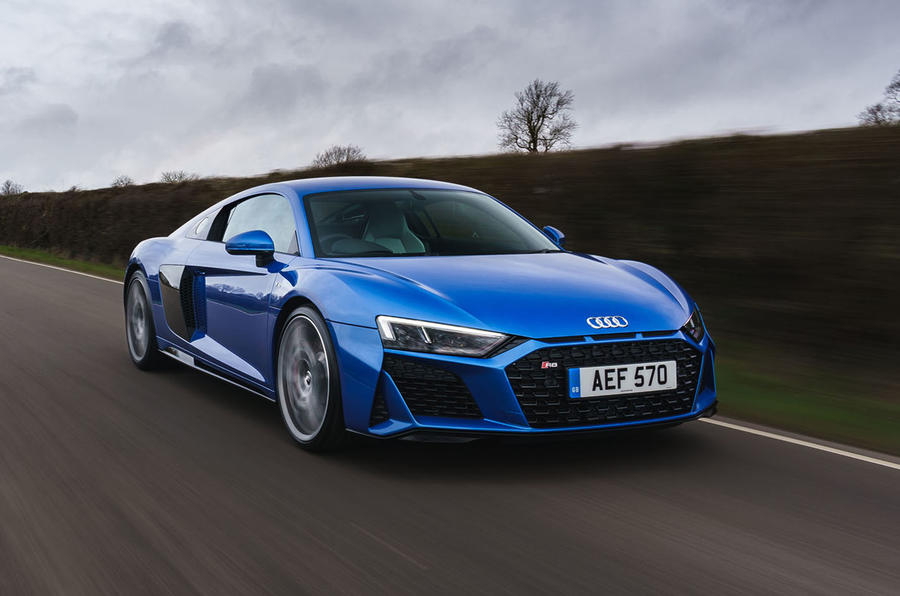






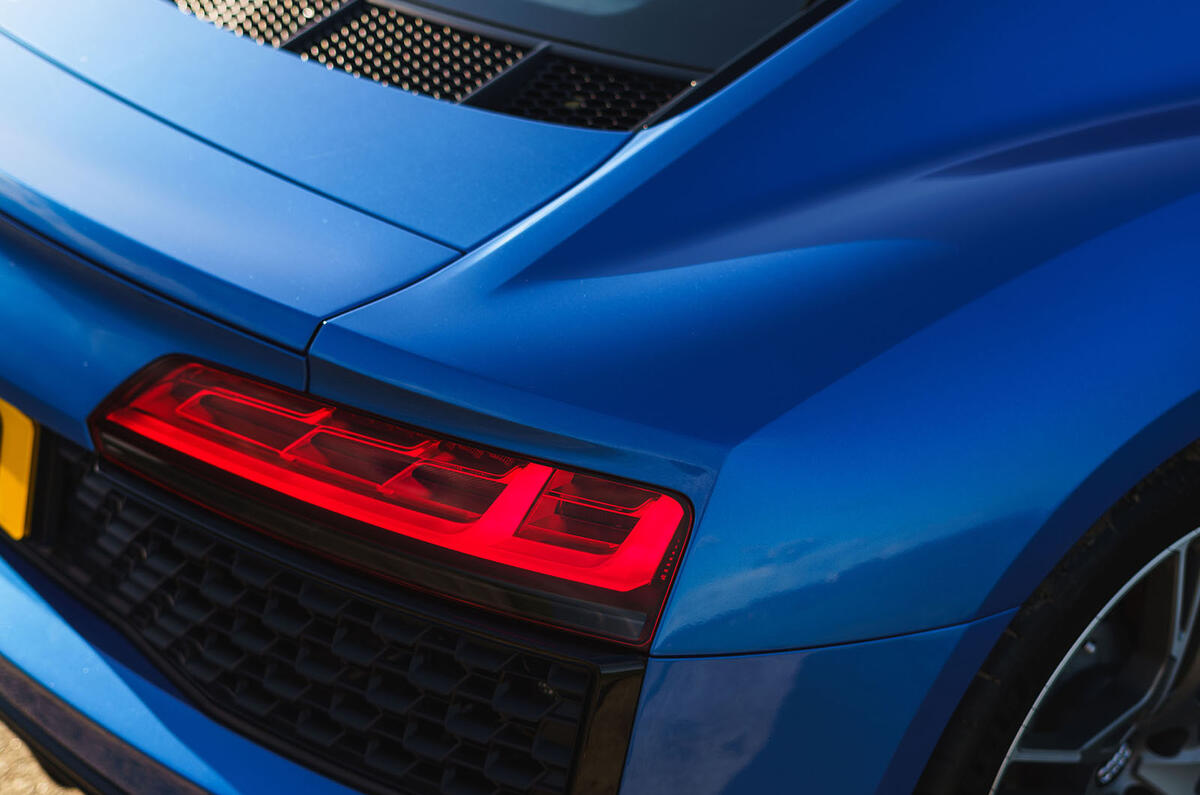

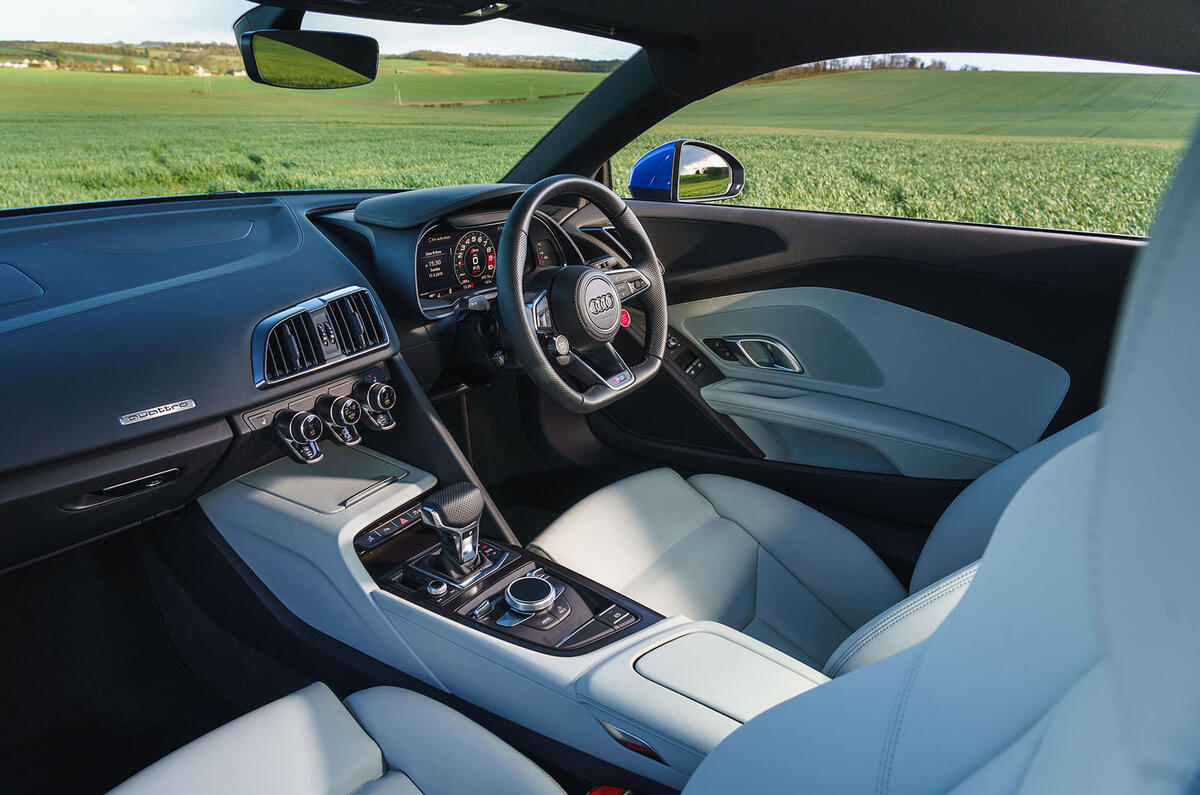


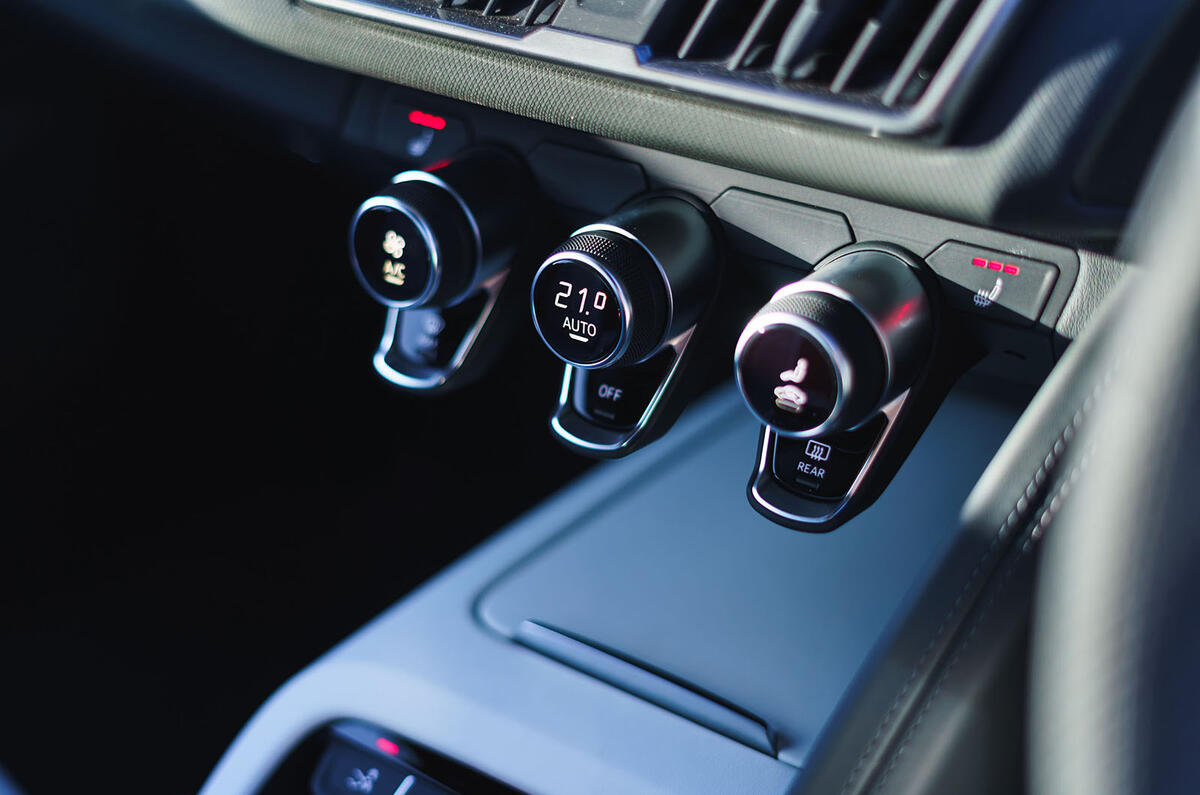




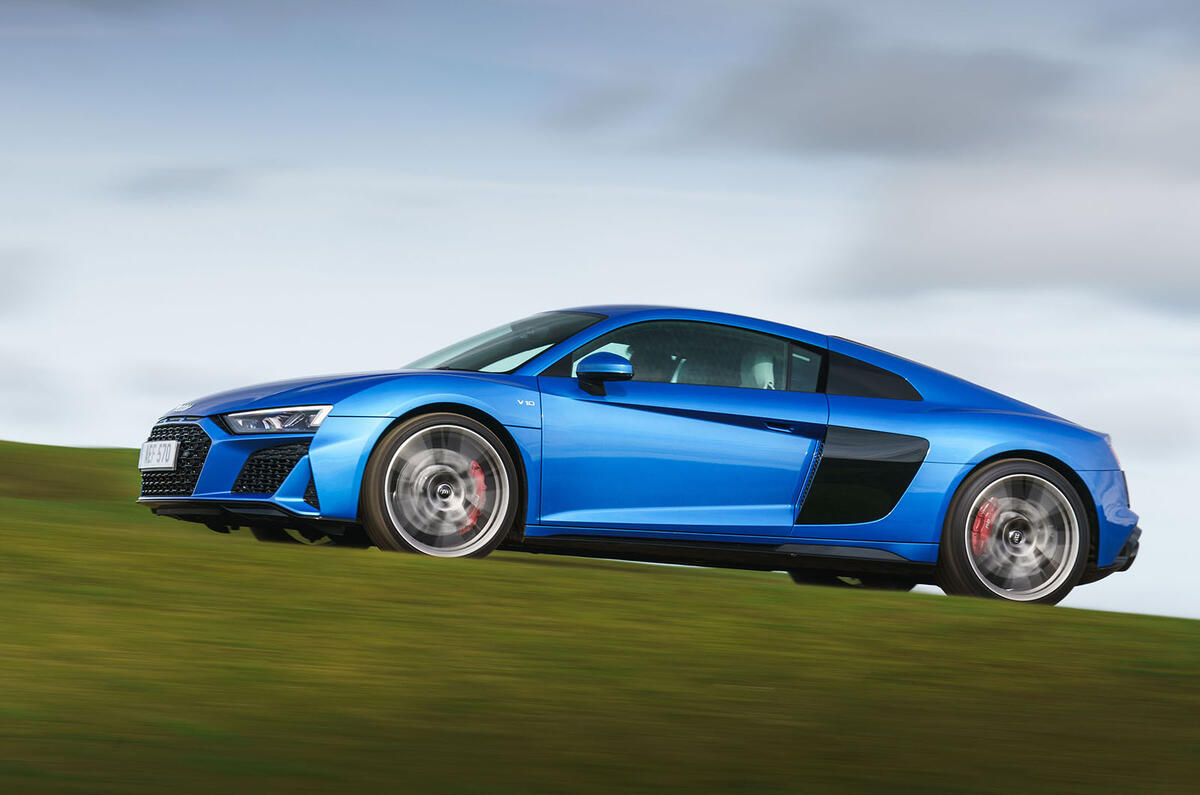


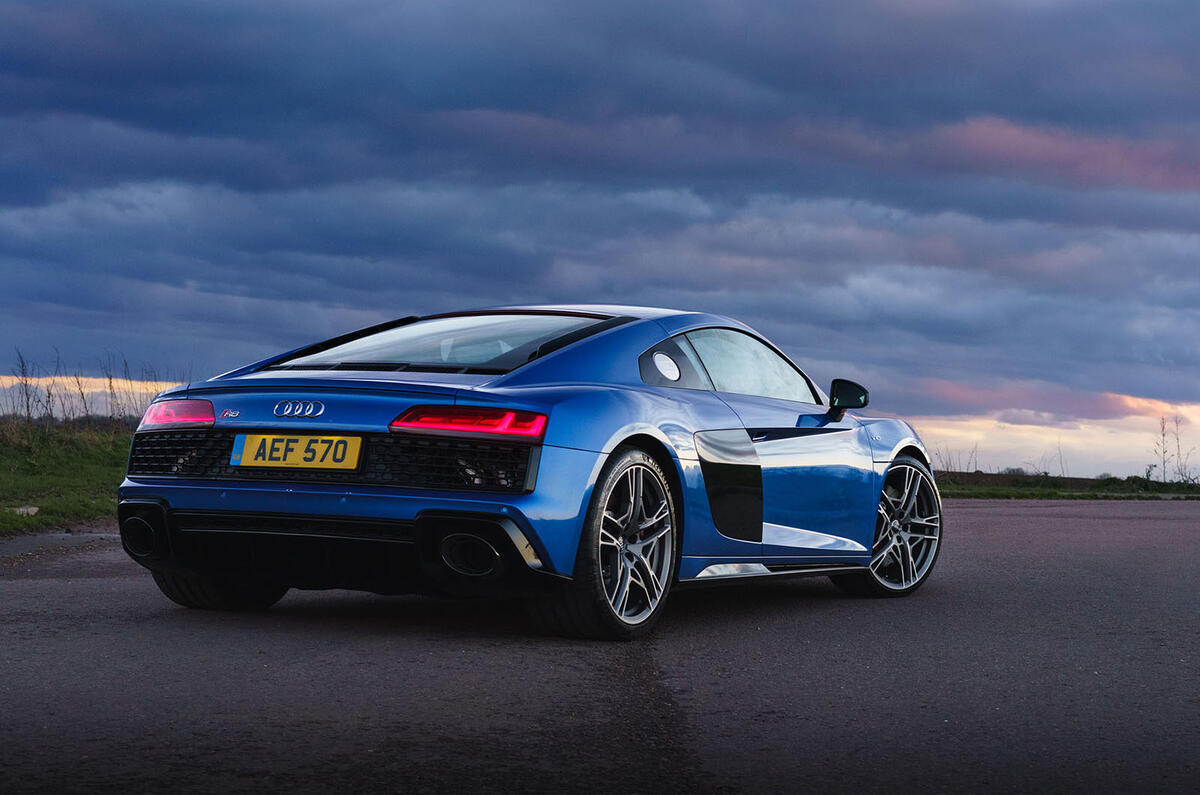





























Join the debate
Add your comment
Fantastic Review, Fantastic Car
Audi do most things very well
But despite being part of VAG, they don't do steering feel.
Why the bloody hell not....?
Dear Autocar
What is it like during "rush hour"?
What stories do they have?
And would they like to swop seats with their UK colleagues for a day?